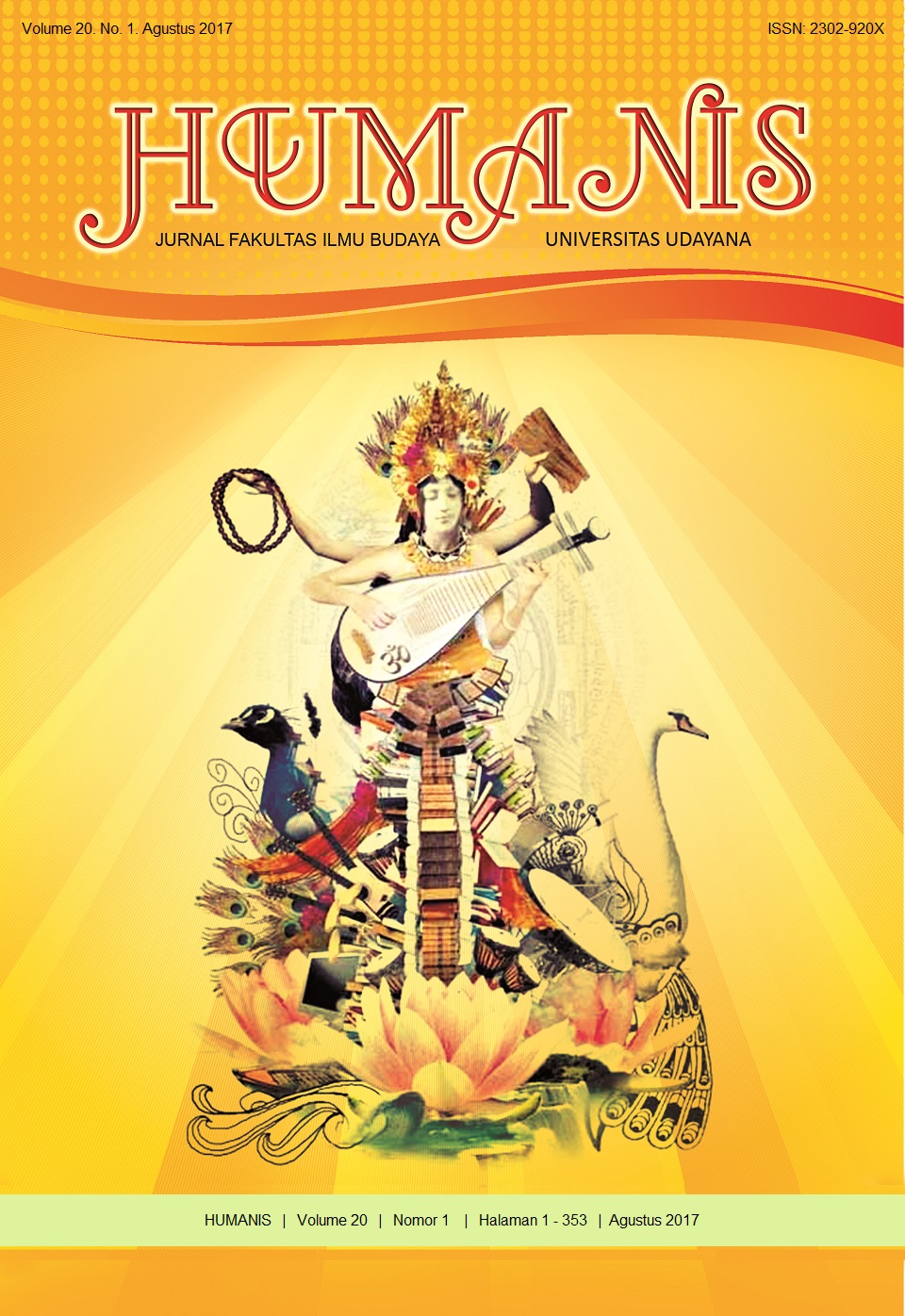Tindak Ilokusi dan Strategi Bertutur Tokoh dalam Novel Supernova: Akar Karya Dewi Lestari
Abstract
This research is titled “The Illocutionary Acts and Politeness Strategies of Character in a novel entitled Supernova: Akar by Dewi Lestari”. The aim of this research is to describe the types of illocutionary acts and politeness strategies of character in a novel entitled Supernova: Akar. The theories used in this research are the theory of illocution act stated by Searle and politeness strategies by Brown and Levinson. The method used at the data collection is observation assisted by the technique of record. In the stage of analysis, the method used is contextual. At the stage of results analysis, formal and informal method are used. In the novel Supernova: Akar, it was found five types of illocutions that are assertive, directive, expressive, commissive, and declaration. There are eleven data which are assertive, sixteen data which are directive, twelve data which are expressive, four data which are commissive, and two data which are declaration. This research revealed five types of politeness strategies that are bald on-record stategies, possitive politeness stategies, negative politeness stategies, off-record strategies, and silence strategies. There are five data which are bald on-record strategies, three data which are possitive politeness strategies, two data which are negative politeness strategies, three data which are off-record strategies, and two data which are silence strategies.


















